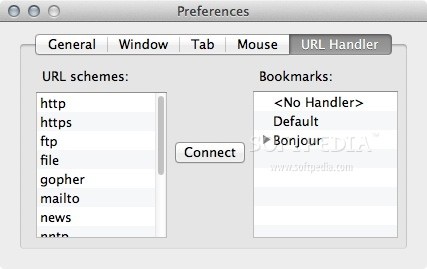

- #ITERM DOWNLOAD FOR MAC FOR MAC#
- #ITERM DOWNLOAD FOR MAC INSTALL#
- #ITERM DOWNLOAD FOR MAC UPDATE#
- #ITERM DOWNLOAD FOR MAC WINDOWS 10#
iTerm2 for Mac is a fork of the older iTerm project. It installs and configures the software, dotfiles, and general preferences I use for web development - primarily Ruby/Rails and Node.js.The command line environment is based on Zsh (via Oh-My-Zsh), Vim/Neovim and Tmux running in iTerm2 or Terminal.app.
#ITERM DOWNLOAD FOR MAC INSTALL#
The purpose of this script is to provision a new machine running a fresh install of macOS. resolution: = fixed Comment: This has been fixed with ports/pull/3060 and .
#ITERM DOWNLOAD FOR MAC UPDATE#
#57197: iTerm2: Update to 3.2.5 -+- Reporter: ryandesign Owner: markemer Type: update Status: closed Priority: Normal Milestone: Component: ports Version: Resolution: fixed Keywords: Port: iTerm2 -+- Changes (by yan12125). Ticket URL: MacPorts Ports system for macOS. But now I'm back to my starting problem, where 3.2.5 won't build on 10.14 which is the system I'm developing on. #57197: iTerm2: Update to 3.2.5 -+- Reporter: ryandesign Owner: markemer Type: update Status: assigned Priority: Normal Milestone: Component: ports Version: Resolution: Keywords: Port: iTerm2 -+- Comment (by markemer): Ok, I worked it out, I'm not not using the Xcode portgroup because there is a makefile and the Xcode portgroup doesn't play well with makefiles.
#ITERM DOWNLOAD FOR MAC WINDOWS 10#

To provide a pragmatic summary of the existing answers: This will often require substantial changes to the programs or scripts doing that. If Terminal is used via its AppleScript API, there is no way to just replace it with iTerm in all cases, as their APIs are quite different. using Automator and/or AppleScript to replace these. You need to create your own Services e.g. The association with Terminal.app is hard-coded. Terminal.app also provides the following Services for other applications: Screenshot of Xcode 4 showing the result of changing x-man-page in Default Apps preference pane: You can of course edit it in a suitable editor yourself. You can also use it as an alternative method of changing the file type associations.Īll of these settings are user specific and stored in ~/Library/Preferences/. For the URL schemes, you can download and install the preference pane Default Apps and change the association there. terminal.įor the file types, just open the Get Info dialog and associate all files of this kind with iTerm.

ITerm is capable of handling all of these except the Terminal.app specific. It's just an application that can handle URL schemes and file types. Other than that, there is no default terminal in OS X. command (scripts), and itself as an editor/viewer for these.

Terminal.app declares itself a handler of the ssh, telnet and x-man-page URL schemes.


 0 kommentar(er)
0 kommentar(er)
